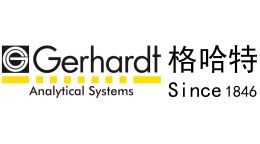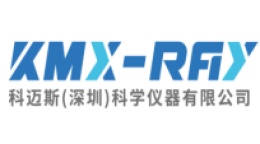方案详情文
智能文字提取功能测试中
从铝土矿渣(红泥)中回收稀土Recovery of Rare Earths from Bauxite Residue (Red Mud)使用格哈特Labshake振荡器160rpm条件下振荡样品The room temperature leaching was carried out in sealed polyethylene bottles by constant agitation using a laboratory shaker (Gerhardt Laboshake) at 160 rpmRecovery of Rare Earths from Baucite Residue (Red Mud)345 348 Chapter 16 Chapter 16 从铝土矿渣(红泥)中回收稀土 Recovery of Rare Earths from Bauxite Residue (Red Mud) and Tom Van Gerv e n 3 *Depa r t m ent of Mat e rial S c ience and Engineer i ng, TU Delft , Delft , The Nethe r lands Chenna Rao Borra ∗,§,¶, Bart Blanpain †, Yiannis Pontikes †, Koen Binnemans ‡, and TomVan Gerven § ∗Department of Material Science and Engineering, TUDelft, Delft, The Netherlands †Department of Materials Engineering, KULeuven, Leuven, Belgium ‡Department of Chemistry, KULeuven, Leuven, Belgium §Department of Chemical Engineering, KULeuven, Leuven, Belgium ¶c.r.borra@tudelft.nl the leachi n g results , either the recovery of REEs was low or the disso l ution of iron was high. To address that , i ron w a s removed from B R by smelting. The slag gener a ted after sme l ting was leached with miner a l a cids. The selec-The management of bauxite residue (BR) is a major issue for the aluminum industry because of its high alkalinity and the large volumes generated. There-fore, the recovery of rare earth elements (REEs) with or without other metals fromBR and utilization of the generated residue can contribute to a solution on the management problem of BR and it can be one of the options to meet the demand of REEs. In view of the above, the selective recovery of REEs over major elements such as iron by direct acid leaching was studied initially. From the leaching results, either the recovery of REEs was low or the dissolution of iron was high. To address that, iron was removed from BR by smelting. The slag generated after smelting was leached with mineral acids. The selec- tivity of REEs overiron was greatly improved. However, the high level of alumina presence in BR required a large amount of fluxes thereby increasing the energy consumption in smelting. Hence, the removal (and recovery) of alu-mina fromBRby sodium carbonate roastingwas carried out.The sample, after alumina removal, was smelted and the REEs were successfully recovered from slag by leaching with mineral acids. An alternative process, called sulfation– 344 C.R. Borra et al. 16.1 Introduction Bauxite residue (BR, also known as “red mud” in the slurry state) is a waste product generated during the Bayer process of alumina production from bauxite.1–4 About 140 million tonnes of BR are generated annually and almost 4×109 tonnes are already stockpiled. Long-termstorage of such waste not only occupies valuable land resources but it is also potentially harmful to the environment, which in turn incursmajor liabilities and costs to the alumina industry. The utilization of BR in other applications could be a sustainable solution for the BR problem. However, only 2–3% of this material is currently being used in cement and ceramic applications. The high residual sodium content and the presence of other alkaline solids in BR restricts its use in other applications. Themajor elements that are present in BR are iron, aluminum, silicon, titaniumand occasionally calcium. It also contains some valuable butminor elements such as gallium and rare-earth elements (REEs). Therefore, BR can be viewed as a potential polymetallic secondary rawmaterial. Despite this potential, metal extraction has not been practiced so far, due to the fact that the concentration of many elements is too low to make recovery economically feasible. If it is not financially viable to recover all themetals, it might still be reasonable to recover at least the valuable metals, after which the remaining solid residue could be used for other applications like buildingmaterials or cementitious binders. REEs are critical metals with high supply risks and their demand is increasing annually. Themain applications of REEs are in green technolo-gies 5: the production of permanent magnets, lamp phosphors, recharge-able NiMH batteries, catalysts, alloys and other applications.6 Scandium is the most valuable element among the REEs in BR (>95% of the eco- Recovery of Rare Earths from Bauxite Residue (Red Mud) There is literature available on the recovery of REEs from BR via direct hydrometallurgical processes, while very few studies involve combined pyro- and hydrometallurgicalmethods to recover REEs together with other metals.3 In the direct leaching studies, themajority of the literature focuses on scandiumand very few on the other REEs.9 Furthermore, the dissolution ofmajor elements was not studied in detail during leaching. There exist few studies on the removal of iron via a pyrometallurgical process, followed by a hydrometallurgical process to recover the REEs. However, large volumes of flux were used in these studies and there are no detailed data available on leaching of the REEs. Conceptual flow sheets for the recovery of iron, alu- REEs and T i recovery Fig. 16.1..(Conceptual flow sheet for the processing of BR, with an i ndication of the four altern a tive processes . 346 C.R. Borra et al. BR was removed by alkali roasting prior to smelting and subsequently the residue from the alumina removal process was smelted without any addi-tional flux. The slag generated after smelting was leached for recovery of REEs and titanium. A fourth route (called sulfation–roasting–leaching)was developed to selectively leach the REEs from BR. This process can selec- tively leach the REEs with very low amounts ofmajor elements co-dissolved. The different routes will be described in the following sections, but more details can be found in the individual journal papers from which this chap- ter was derived.9–1216.2 Materials and Methods The BR studied in this work was provided by Aluminum of Greece, Greece. Analytical grade chemicals were used in the present study. Chemical anal- ysis of major elements in BR was performed using wavelength dispersive X-ray fluorescence spectroscopy (WDXRF, Panalytical PW2400). Chemical analysis ofminor elements was performed after complete dissolution of BR by alkali fusion and acid digestion in a 1:1 (v/v) HCl solution, followed by Inductively Coupled PlasmaMass Spectrometry (ICP-MS, Thermo Elec- tron X Series) analysis. The room temperature leaching was carried out in sealed polyethy-lene bottles by constant agitation using a laboratory shaker (Gerhardt Laboshake) at 160 rpm and 25◦C. High-temperature leaching experiments were carried out in a 500 mL glass reactor fitted with a reflux condenser and placed on a temperature-controlled ceramic hot plate with amagnetic stirring system. The leach solution sample was filtered using a syringe filter (pore size of 0.45 µ m) and diluted with deionized water for ICP analysis. Alkali roasting experiments were carried out in a muffle furnace at Recovery of Rare Earths from Bauxite Residue (Red Mud) Fe2O3 Al2O3 Concentration (wt%) CaO 11.2 SiO 2 10.2 REEsComposition Concentration (ppm) Sm 21 Eu 5Gd 22 Tb 3 Dy 17 Ho 4 Er 13Tm 2Yb 14Lu 20.1% (Table 16.2). XRD analysis showed that it contains different phases C.R . Borra et al. 348 F ig. 16.2. E f fect of HCl concentration on l ea c hing of REEs fr o m BR (T : 25°C,L/S: 50, t :24h). scandium is associ a ted with the iron oxide phases in the residue, which m akes it difficult to dissolve unless the iron is dissolved. Moreover, a large part of the major elements (Fe, Al , Ca, Si , Ti and Na) was also dissolving Fig. 16.2. Effect of HCl concentration on leaching of REEs fromBR (T: 25◦C, L/S: 50, t: 24 h).9scandium i n solvent extra ction or ion exchange processes . Therefore , the scandium is associated with the iron oxide phases in the residue, which makes it difficult to dissolve unless the iron is dissolved.Moreover, a large part of themajor elements (Fe, Al, Ca, Si, Ti and Na) was also dissolving during direct leaching, which can generate large amounts of effluents. The large amount of iron going into solution during leaching poses problems in the downstream processes because of the similar behavior of iron and scandium in solvent extraction or ion exchange processes. Therefore, the removal of iron from BR by smelting reduction was studied prior to acid leaching. slag obtained after iron removal was treated with di f ferent mineral acids to extrac t REEs. The recovery yields for REEs were low (<70%) when the Recovery of Rare Earths from Bauxite Residue (Red Mud) F i g ..116.3.Smelted s a mple (20% woll a stonite, 5% gr aphite, 1500°C), w i th the iron nugget separated from the slag. Fig. 16.3. 5% graphite, Fig. 16.4. E f fect of acid concentration on leaching of REEs and t i tanium from sl a g (acid conc.: 3N, T : 90°C, t : 1h, L/S: 50).10 le a ching was done a t room temperature . Hence, high-temperature le a ching (90°C) experiments were also carri e d out . The selectivity of REEs over iron during slag leaching was improved compared to in direct leaching as >95%of iron was removed during smelting. All of the scandium, most of the other REEs and about 70% of the t i tanium could be l eached using different min-eral a cids at 3 N acid concentrati o n, a L/S ratio of 50:1, a temperature of 90°C and a reaction time of 1 h (Fig. 16.4). The REEs recovery was lower i n H2SO4 solution and the effect is higher with incre a sing ionic radius, which is due to the formation of a solid product layer (C a SO4). Fig. 16.4. Effect of acid concentration on leaching ofREEs and titanium from slag (acid conc.: 3N, T: 90◦C, t: 1 h, L/S: 50).10 350 C.R. Borra et al. Direct smelting of BR rich in alumina requires a large amount of fluxes and large energy consumption during smelting, and subsequently, large acid consumption during slag leaching. As a result, the cost of the overall process increases andmake the sustainability of the process questionable. Therefore, the removal (and recovery) of alumina from BR by Na 2CO 3 roasting prior o P 卡 上 寸口 寸 66 to smelting was carried out. of 1:0.5. The roasted mass was leached with water at 60°C to dissolve Route 3: Alkali roasting-smelting-leaching 11BR was roasted with sodium carbonate at 950◦C with a BR to alkali ratio of 1:0.5. The roasted mass was leached with water at 60◦C to dissolve aluminum in the solution. The residue after alumina removal was smelted at 1500◦C without any added flux and it was possible to obtain a clear slag-metal separation (Fig. 16.5). The slag after grinding was leached with differentmineral acids at 90◦C. However, the recoveries of the REEs, with the exception of scandium, were drastically lowered (<50%) in the alumina-poor slags, compared to the direct smelting slags. This is due to the forma- tion of a perovskite (CaTiO 3) phase, which strongly binds REEs (except Fig. 16.5. Smelted s a mple (stoichiomet r ic carbon, 1500°C). Reproduced from Borra e t al.11 Recovery of Rare Earths from Bauxite Residue (Red Mud) F i g . 16.6. E f fect of type of ac i d on the l ea chi n g o f REEs and t i tanium from a quenched sl a g . (acid conc .: 1 N , T : 25°C,t : 24h, L/S: 50). Reprod u ced from Borra et al .1 and a reaction t ime o f 24h (Fig. 16.6). The alkali-roast i ng temperature can be decreased to <500°C by using sodium hydroxide instead of sodium carbonate. Fig. 16.6.Effect of ty pe of acid o n the leaching of REEs and titanium from a quenched slag. (acid conc.: 1 N, T: 25◦C, t: 24 h, L/S: 50). Reproduced fromBorra et al.11 oped to selectively leach the REEs from BR, while leaving iron , titanium, and a reaction time of 24h (Fig. 16.6). The alkali-roasting temperature can be decreased to <500◦C by using sodium hydroxide instead of sodium carbonate. the sulfation process. In the subsequent roasting stage, unstable sulfates (mainly Fe2(SO4)3) decompos e d to their respective oxides . Rare-earth sul-Route 4: Sulfation-roasting-leaching 12leaving the i ron oxid e s in the residue. An alternative process, called sulfation–roasting–leaching, was also devel-oped to selectively leach the REEs from BR, while leaving iron, titanium, aluminum and calcium undissolved in the residue. In this process, BR was mixed with water and concentrated H 2SO 4, followed by sulfation, roasting and finally water leaching of the roasted product in water. It was found 352 C.R. Borra et al. 口 Roasting 650°℃ 圆 Roasting 675°℃ Roast i ng 700 °℃ 100 c o w c o (b) Fig . 16.7. E f f ect of roast in g t em pe r at u re on l e achi n g of (a ) REEs (b) major e l e me n ts (acid to BR ratio: 1:1, roasting d u ration: 1h, non-agitated leaching dur a tion: 7 d a ys, L/S ratio: 50). Reproduced from Borra e t a l..12 scandium and more than 90% of the oth e r REEs could be dissolved at opt i mum conditions (roast i ng temperature: 700°C, roast i ng duration: 1 h, acid to BR ratio: 1, non-agitated leaching duration: 7 days, L/S ratio: 5), while only a very small amount of i ron (<1% of tot a l i ron) was solubilized. The residue after leaching was found to be rich in Fe-, Al-, Si- phases and CaSO40.5H2O and it is suggested that this residue can be used for instance in iron-rich cementitious binders.(b) Recovery of Rare Earths from Bauxite Residue (Red Mud) Recovery of REEs and valuable metals from leach solutions The recovery of REEs and othermetals fromthe leach solutions can be per-formed by solvent extraction, ion exchange, precipitation, neutralization, hydrolysis etc. In solvent extraction and ionic exchange processes, conven- tional or new reagents can be investigated for selective scandium and other REEs recovery.13,14 Titanium can be precipitated from the leach solutions as TiOSO 4 at a temperature of ca. 140◦C. Then TiO 2 can be recovered from TiOSO 4 by hydrolysis.1550% of the current price. This analysis inc l udes only the costs of consumed Comparative analysis of the different processes 16A preliminary cost analysis of the developed processes is shown in Fig. 16.8with two options, i.e. with current scandium price (4200 US$/kg)7 and at 50% of the current price. This analysis includes only the costs of consumed reagents and energy and values of the generated products and does not include the capital and operating costs (CAPEX and OPEX) and metal recovery cost from solutions. This cost analysis shows that alkali roasting– smelting–quenching–leaching is themost promising process for treatment of Fig . 16.8. Oper a t i on a l m a rg i ns for d iff e rent processi n g routes (L: le a ching , S: s m elting, AR: al k al i roas t ing, q : quenching, Su: sulf a tion, R: roast i ng).16 354 C.R. Borra et al. scandiumrecovery was higher. In a recent study, Narayanan et al. were able to increase the recovery of scandium to about 90%.17 16.4 Conclusions It is our hope that the study of the proposed processes (which are relevant for BR generated from karst bauxite ores) can contribute to the develop- ment of a near-zero-waste flow sheet for the processing of BR, including the recovery ofmajor (Al, Fe and Ti) metals, the utilization of the residue in building applications and simultaneously the production of valuable REEs, thus partially decreasing the supply risk of these elements. Several processing routes have been developed to recover REEs and valorize BR: 1) direct leaching; 2) smelting-leaching; 3) alkali roasting-smelting-leaching; 4) sulfation-roasting-leaching. REEs recovery was low during direct acid leaching at low acid concen-trations (1 N). High acid concentration can improve the recovery, especially for HCl, but the dissolution of iron (∼60%) was also high. Direct smelting can allow recovery of more than 95% of the iron from BR and slag leach-ing can recovermost of the REEs and titanium. Roasting in the presence of Na 2CO 3 at 950◦C can remove >75% of alumina. Smelting of the alu- mina removed sample, without any added flux, can remove >95% of iron from slag.Most of REEs and about 90% of titanium could be leached from the quenched slag using mineral acids. In sulfation–roasting–water leach-ing about 60% of scandium and more than 90% of the other REEs can be dissolved at optimum conditions. Alkali roasting–smelting–leaching and sulfation–roasting–leaching processes should be studied at a pilot scale for detailed techno-economic analysis.We expect that these two processes can Recovery of Rare Earths from Bauxite Residue (Red Mud) 2. Binnemans, K., Jones, P.T., Blanpain, B., Van Gerven, T., and Pontikes, Y. (2015). Towards zero-waste valorisation of rare-earth-containing industrial process residues: a critical review. Journal 17–38. 3. Borra, C.R., Blanpain, B., Pontikes, Y., Binnemans, K., and van Gerven, T.(2016).Recovery of rare earths and other valuablemetals from bauxite residue (red mud): A review. Journal of Sustainable Metallurgy , 2(4), 365–386. 4. Borra, C.R. (2016).Recovery of rare earths from bauxite residue (red mud) (Doctoral thesis). KU Leuven, Belgium.Retrieved from https://lirias.kuleuv en.be/handle/123456789/537871. 5. European Commission. (2014).Report on critical raw materials for the EU. Brussels, Belgium: European Commission. 6. Binnemans, K., Jones, P.T., Blanpain, B., et al. (2013). Recycling of rare earths: A critical review. Journal of Cleaner Production , 51, 1–22. 7. Rare earth metals. (n.d.). Retrieved December 22, 2017, from http://minera lprices.com/. 8. Mordberg, L.E. (1993). Patterns of distribution and behaviour of trace ele-ments in bauxites.Chemical Geology , 107(3–4), 241–244.9. Borra, C.R.,Pontikes, Y.,Binnemans, K., and vanGerven,T. (2015). Leach- ing of rare earths from bauxite residue (red mud).Minerals Engineering , 76,20–27.10. Borra, C.R., Blanpain, B., Pontikes, Y., Binnemans, K., and van Gerven, T. (2016). Smelting of bauxite residue (red mud) in view of iron and selective rare earths recovery. Journal of Sustainable Metallurgy , 2(1), 28–37.11. Borra, C.R., Blanpain, B., Pontikes, Y., Binnemans, K., and van Gerven, T. (2017). Recovery of rare earths and major metals from bauxite residue (red mud) by alkali roasting, smelting, and leaching. Journal of Sustainable Metallurgy , 3(2), 393–404. 12. Borra, C.R., Mermans, J., Blanpain, B., Pontikes, Y., Binnemans, K., and van Gerven, T. (2016). Selective recovery of rare earths from bauxite residue by combination of sulfation, roasting and leaching.Minerals Engineering , 92,151–159. 356 C.R. Borra et al. bauxite residue.The Journal of the Minerals, Metals, and Materials Socety ,68(11), 2958–2962. 17. Narayanan, R.P., Kazantzis, N.K., and Emmert, M.H. (2017). Selective pro- cess steps for the recovery of scandium from Jamaican bauxite residue (red mud).ACS Sustainable Chemistry and Engineering , 6(1), 1478–1488.
关闭-
1/14
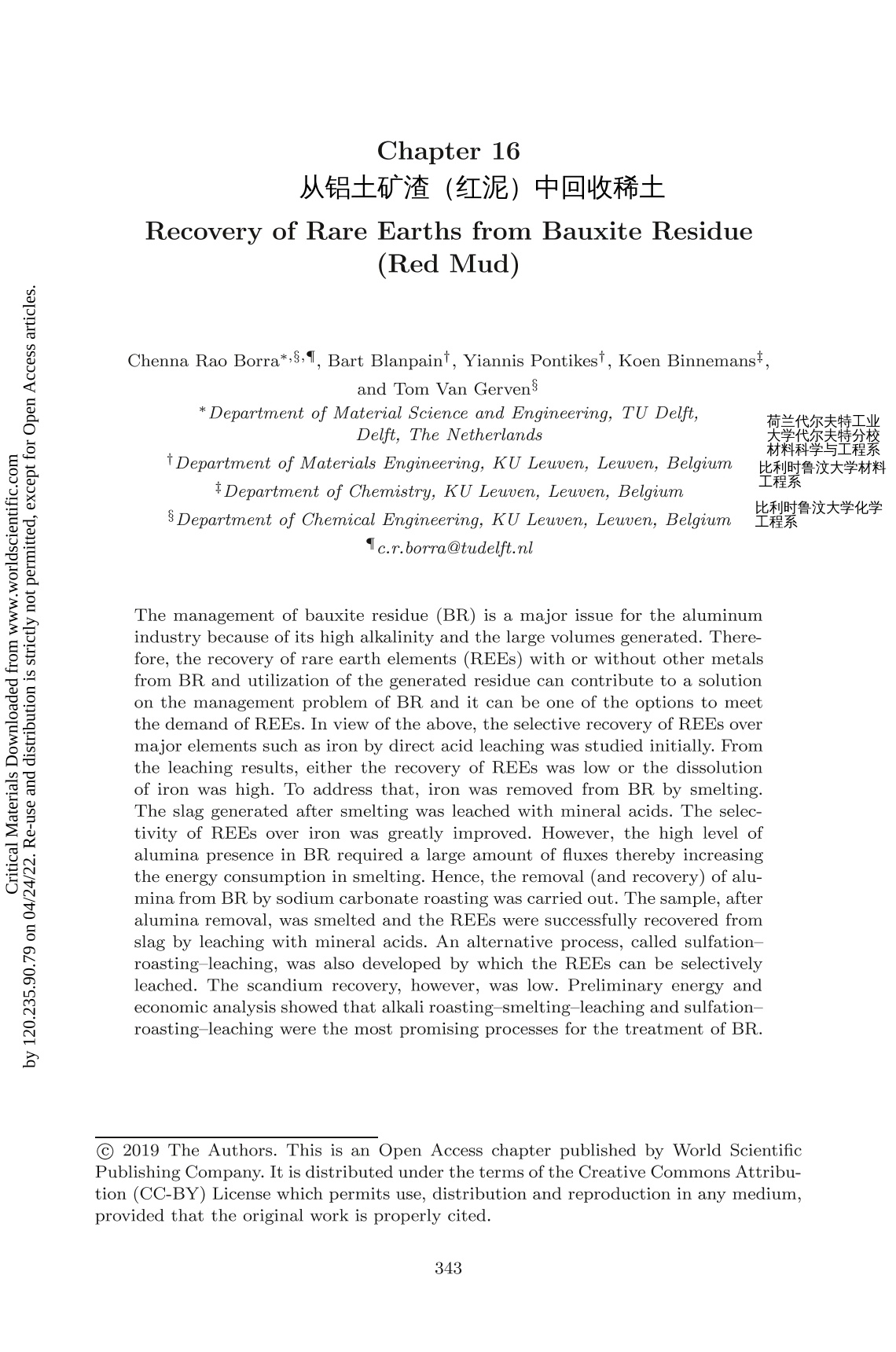
-
2/14
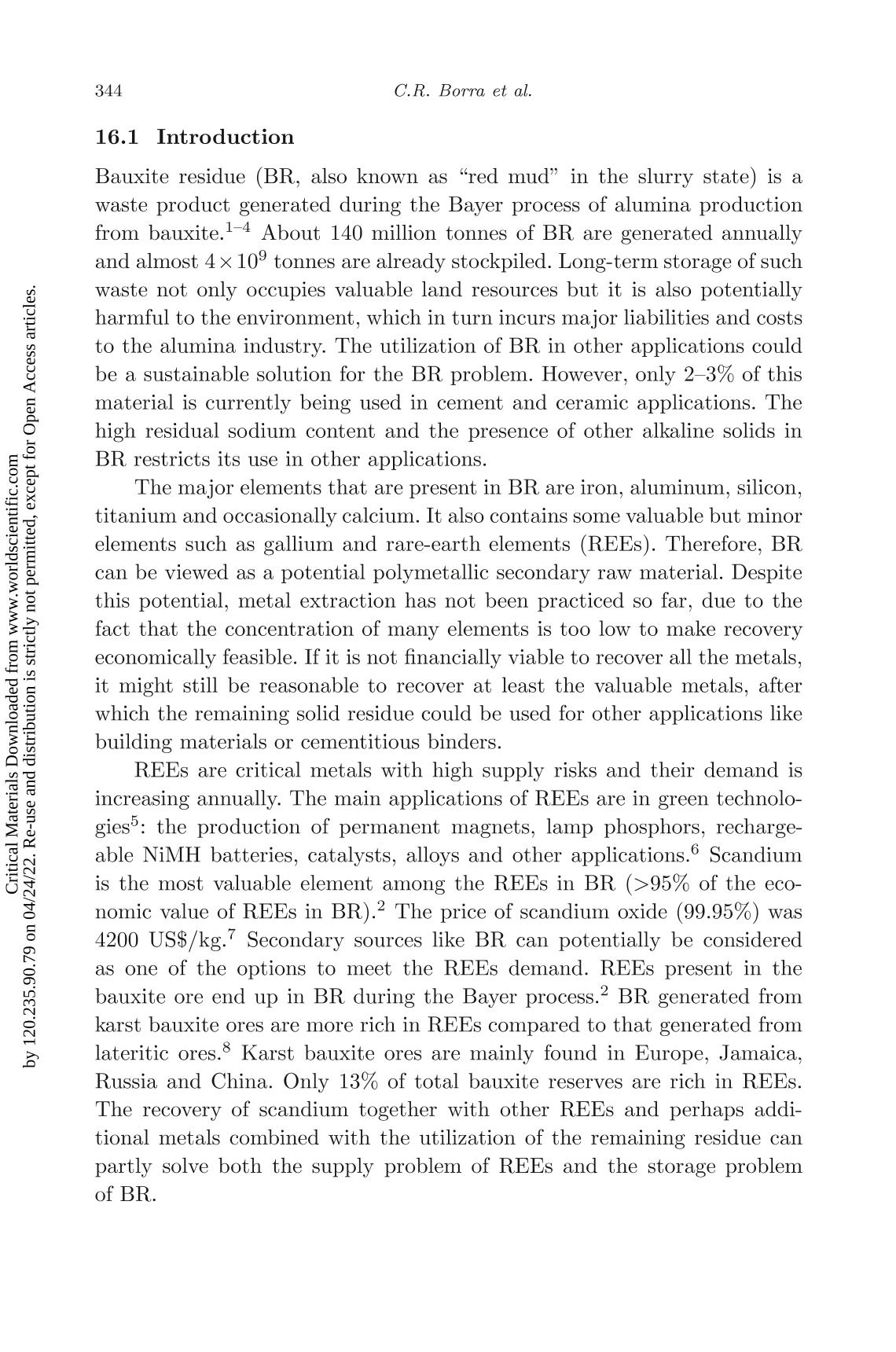
还剩12页未读,是否继续阅读?
继续免费阅读全文产品配置单
中国格哈特为您提供《从铝土矿渣(红泥)中回收稀土的样品振荡》,该方案主要用于稀土/稀有金属中样品振荡检测,参考标准《暂无》,《从铝土矿渣(红泥)中回收稀土的样品振荡》用到的仪器有格哈特强力高重现振荡器LS500/RO500、格哈特快速干燥仪STL56、德国移液器MM。
我要纠错
推荐专场
快速干燥仪
更多相关方案


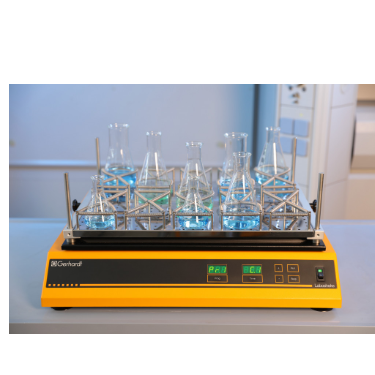

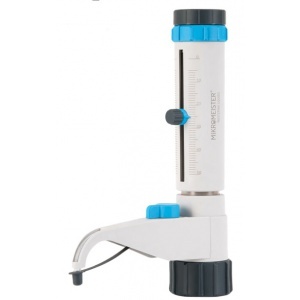
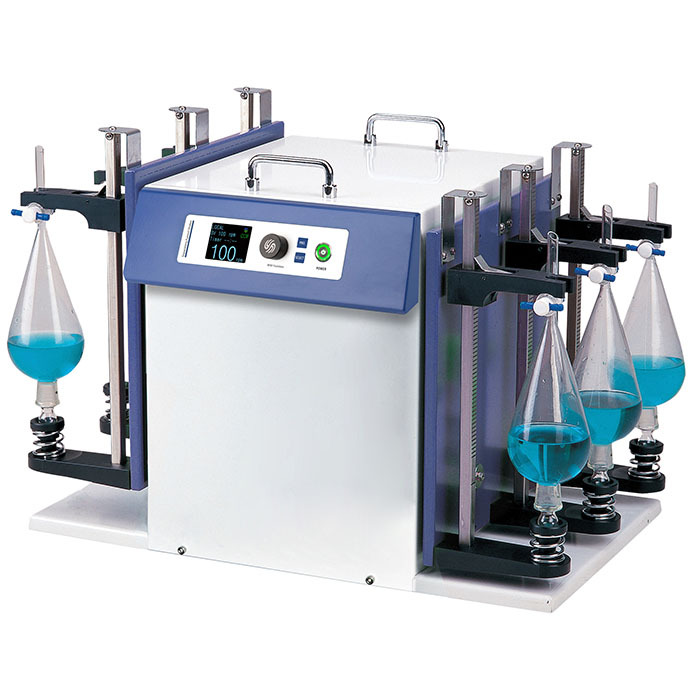
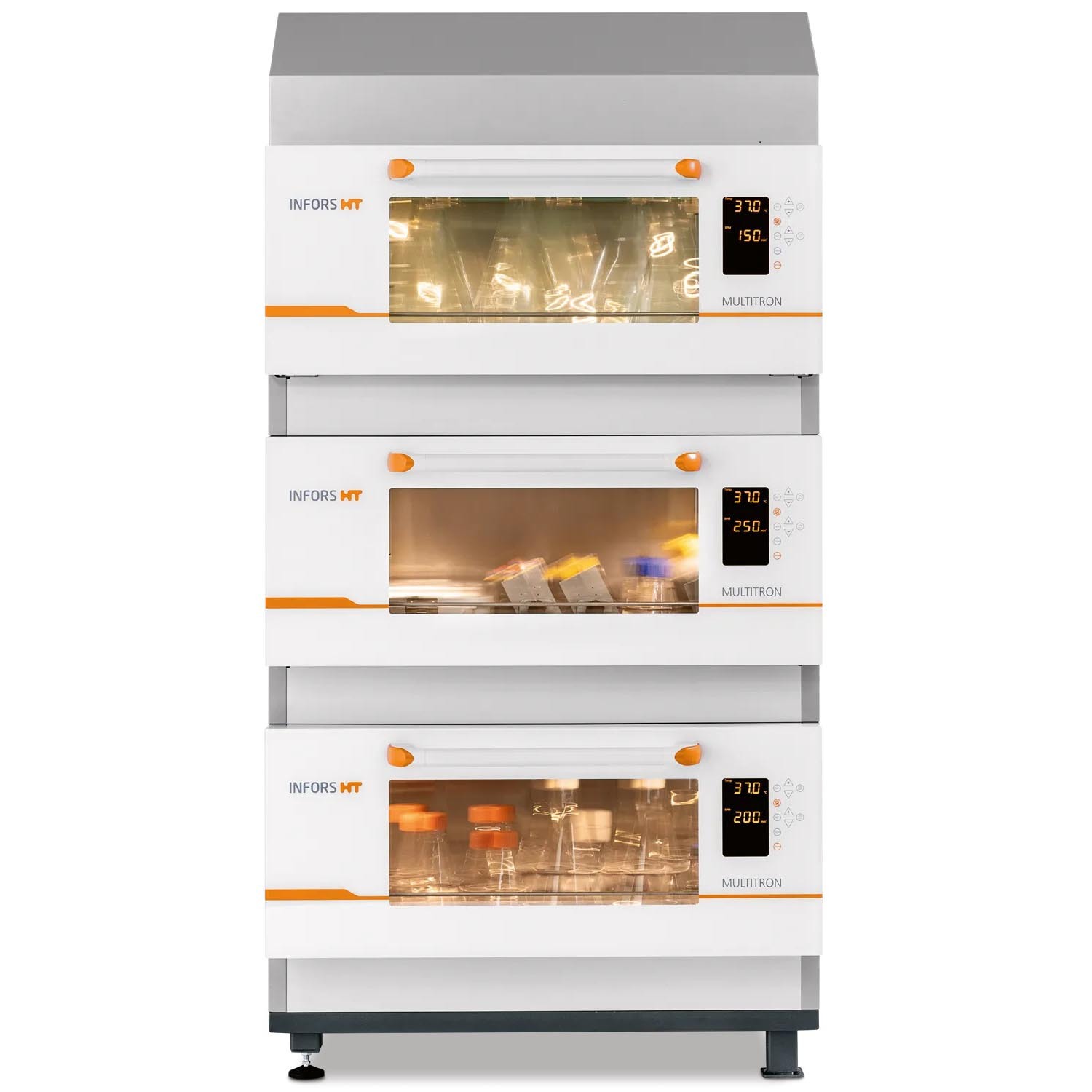
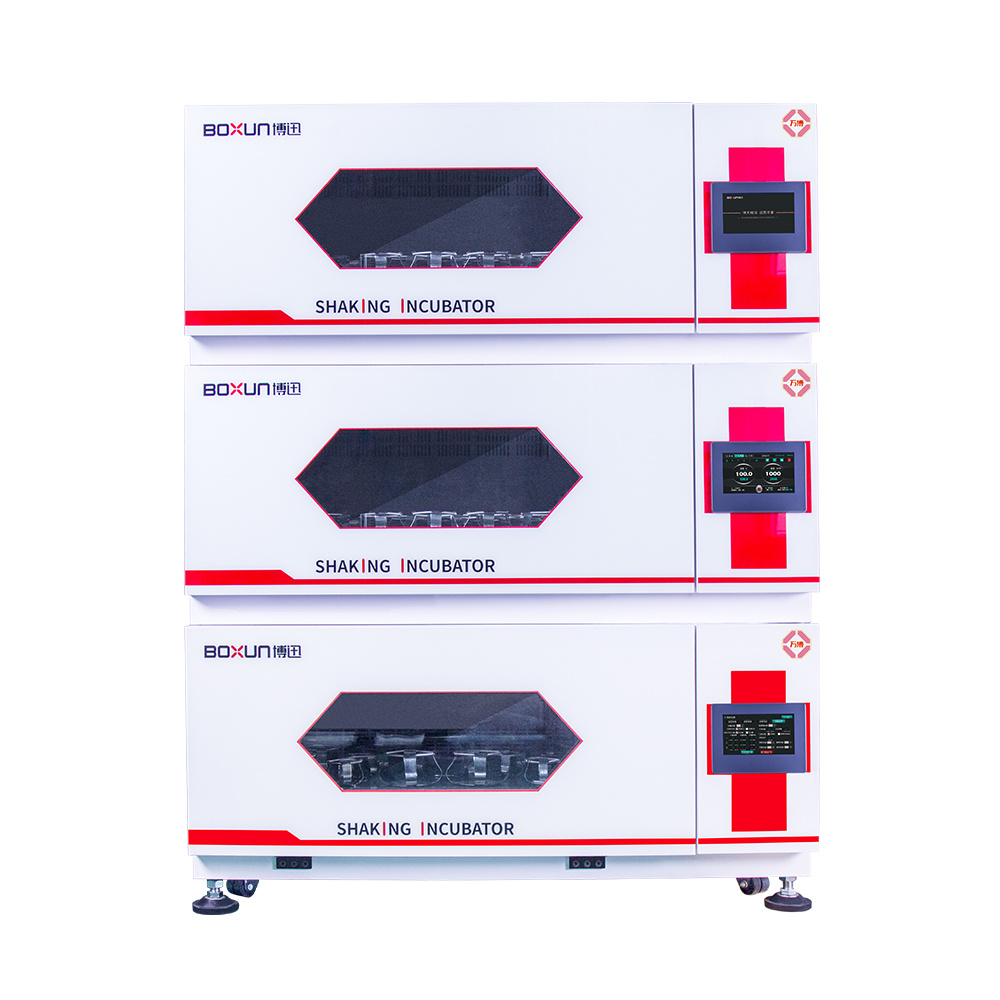


 咨询
咨询